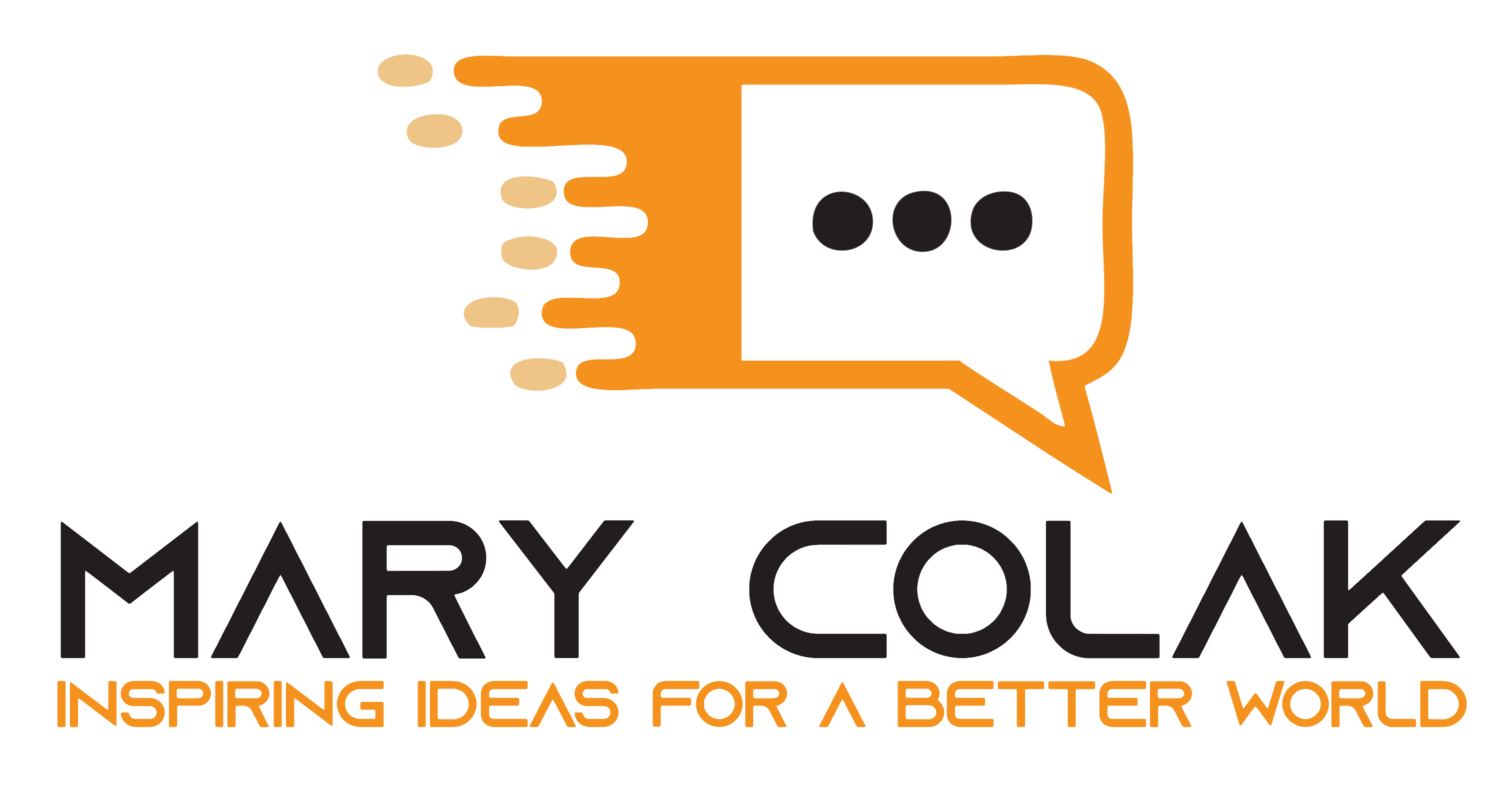newsletter archive.
(Previously published under the title Extreme Profits
under ISSN 1925-8941)
Focusing on efficiency, procrastination, innovation
It hasn't escaped me how much work I put into everything I do. Somehow, it feels like there's a lot of effort applied, but when I ponder the effort, it really isn't a lot in relation to the result.
If I spend two hours communicating an event to a wide audience, is that a lot of effort? Here are some numbers to consider in this instance: I sent personalized messages to 150 of my contacts in two hours and ended up making 24 sales. Is this a good return on effort? You bet it is! But you might say: How did you manage to send 150 messages in two hours? If you do the math, that's 1.25 messages every minute. Here's how I did it.
Working harder or smarter, tapping into the millennial market
The dichotomy of working harder or smarter stems from the contrast between rural blue-collar and urban white-collar workers. One is purported to work harder while the other smarter.
However, this is not true in the modern age.
Communication technology success factors, skills
While most of us believe that communication technology is the be-all and end-all for organizational efficiencies, this is not true. Organizations that zealously implement information and communication technology solutions may be doing more harm than good.
The fallacy of efficiency, how real leaders lead
In a corporate world where efficiency is the father of productivity, there is a startling counter-effect: The most efficient die early. Perhaps what is even more surprising is that organizations hell-bent on making all of their practices efficient do so at the expense of common sense.
It was Peter Drucker that said: "There is surely nothing quite so useless as doing with great efficiency that which should not be done at all."
As if, what’s holding you back
Efficiency: being able to accomplish something with the least waste of time and effort; competency in performance.
Productivity: the effectiveness of productive effort, measured in terms of rate of output per unit of input.
There are numerous books and articles written about both efficiency and productivity. And most of them relate to practical approaches to achieving both. However, if you are one of those individuals that just cannot follow a rigid methodology, there is another way.
Focus for growth, taking business to the next level
What do successful businesses have in common? They dominate (or are really good in) their niche. Their focus is in only one or a few areas of specialization.
A business or organization without focus goes down a path that leads to nowhere very quickly. We can never be everything to everyone. That is why the world is dotted with vendors of specialty products and services.
Finding the balance, building your scorecard
Efficient organizations are more than just well-tuned processes. They also focus on how and what value they deliver to their customers, shareholders and employees. In fact, organizational efficiency is a balanced performance in four areas: finances, customers, processes, and learning and growth.
Critical success factors, let’s talk
Implementing efficiency and productivity improvement in organizations is a strategy and a management philosophy. It is not just a process to drive out costs.
One of the best ways to implement efficiency and productivity improvement is to adopt a Lean Six Sigma philosophy-it is a way to ensure that the organization is doing the right things at the right time and in the right way.
Move it or lose it, time is money
Many years ago, I remember handling a multi-copy "request for service" form that contained an area for four signatures. One of the signatures was required twice, at two different steps in the form's process. This meant that one manager had to see the form twice, at two different times. Now think about this. Here's a form that is initiating a service, but it is being transported between different offices multiple times. You can certainly see the problem with this process, but at the time, not a single manager thought this form or its process was flawed. Nor did they consider how this process was impacting their customer.
What do you know? Profits in RIM
Do you think you know all you need to know to conduct a successful business? If you said, "yes," then you probably know what your customers think about your business. If you said, "no," then you need to find out what your customers are thinking. Organizations that fail to hear the voice of their customers are in a "knowledge disconnect" and this can seriously hurt their bottom line.
Combat counter-productivity, owed to sleep
There is a direct relationship between the amount of time you spend sleeping and your efficiency. It turns out that decreasing sleep by as little as 1.5 hours for just one night reduces daytime alertness by 32 percent.
Meetings, it ain’t cheap
One of the most cursed (yet most required) activities in any organization is meetings. I have not met an executive who has not complained about their meeting overload. And more specifically, the complaint is about attending non-productive meetings.
The 97 percent solution, braking waste
Edwards Deming, the father of the "quality movement," said that 97 percent of what happens to organizations is predictable and is caused by the "system," not the person. It is reasonable to presume, then, that an organization should be able to plan for and manage 97 percent of its operations.
Steeling focus, less printing
I have often been told that I do an extraordinary amount of work in a short period of time. Those same individuals have told me that there is no way they could accomplish as much as I do in the same amount of time. I believe the difference is in the way we work.
